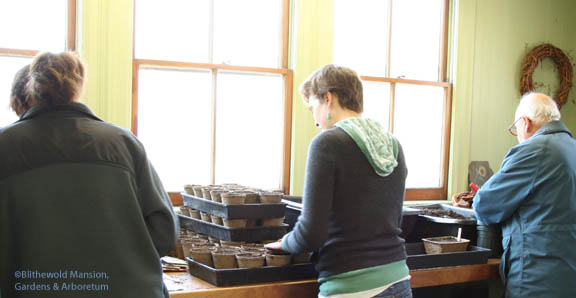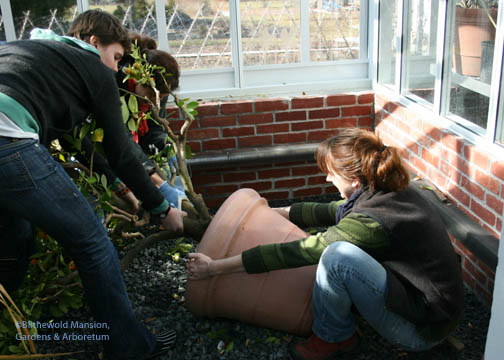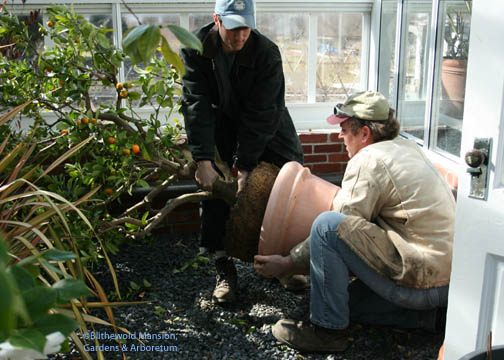Do re mi
Let’s start at the very beginning
A very good place to start
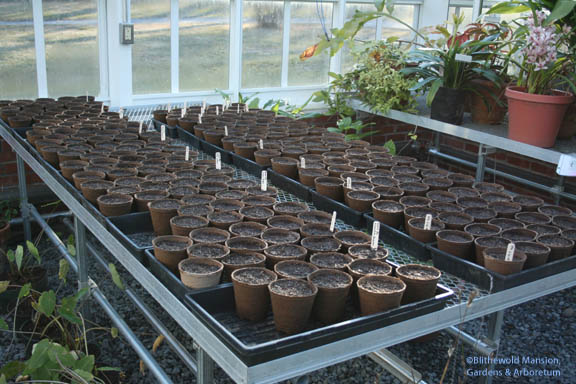 Now that you are all enjoying a Rodgers and Hammerstein earworm like me, I can tell you spring has officially sprung at Blithewold. There’s something that happens in the 3rd week of February – have you noticed a change? We mark it in our calendars every year. The sun is a certain smidge higher in the sky so when it’s out – even if there’s a frigid wind like there’s been this week, the greenhouse toasts right up. The birds have noticed the change too and I’ve noticed them – just this week. There’s a guy outside the potting shed right now singing and chattering away all about how cool he is. (I agree that he’s a studmuffin but he does go on and on…)
Now that you are all enjoying a Rodgers and Hammerstein earworm like me, I can tell you spring has officially sprung at Blithewold. There’s something that happens in the 3rd week of February – have you noticed a change? We mark it in our calendars every year. The sun is a certain smidge higher in the sky so when it’s out – even if there’s a frigid wind like there’s been this week, the greenhouse toasts right up. The birds have noticed the change too and I’ve noticed them – just this week. There’s a guy outside the potting shed right now singing and chattering away all about how cool he is. (I agree that he’s a studmuffin but he does go on and on…)
And – drum roll please – it’s spring because we started sowing seeds! I think gardeners know the answer to the chicken/egg conundrum – what comes first, the plants or the seeds? – it’s the seeds, obviously -duh! Gail and Lilah (who – three cheers! – will be our intern this summer) did a bench full of 17 varieties of sweet peas. We don’t knick or soak our sweet pea seeds because we’re not in a rush for them to germinate. We sow 2 seeds per peat pot in damp potting soil (Metro mix 360 with coir) and we water them in and keep them in one of the cool greenhouses (night temps around 50 degrees F). Knock wood, most germinate within a couple of weeks – the red varieties are sometimes slower . No matter when sweet peas get their start, they’ll bloom around the same time because they’re day length dependent.
Dick (vegetable garden volunteer extraordinaire) also came in to go through his seeds and he couldn’t wait a moment more to start leeks, onions, strawberries and artichokes. Did you know artichokes need a period of vernalization – temperatures in the mid 30’s to 50’s in order to produce tasty flowers late summer?
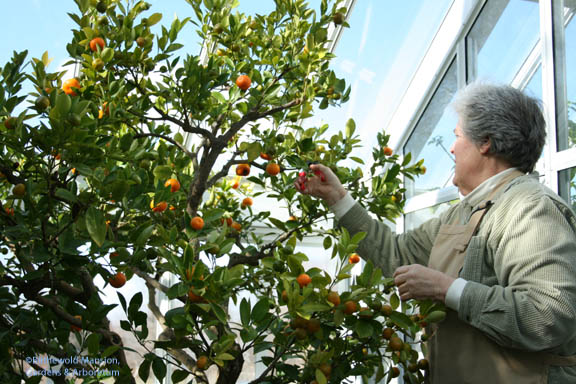 During the flurry of seeding activity, Julie (Blithewold’s director of horticulture) and Tara (the princess) came to prune the 40 year old Calamondin Orange. Every year around this time, Julie gives the tree her trained eye and a trim and every three years or so she root prunes as well. It has gotten to the size and age now that we really should root prune more often. It didn’t just pop out of the pot like we thought it might and we had to ask the Men to work their muscle magic. (They used a saw. I gotta get me one of those.)
During the flurry of seeding activity, Julie (Blithewold’s director of horticulture) and Tara (the princess) came to prune the 40 year old Calamondin Orange. Every year around this time, Julie gives the tree her trained eye and a trim and every three years or so she root prunes as well. It has gotten to the size and age now that we really should root prune more often. It didn’t just pop out of the pot like we thought it might and we had to ask the Men to work their muscle magic. (They used a saw. I gotta get me one of those.)
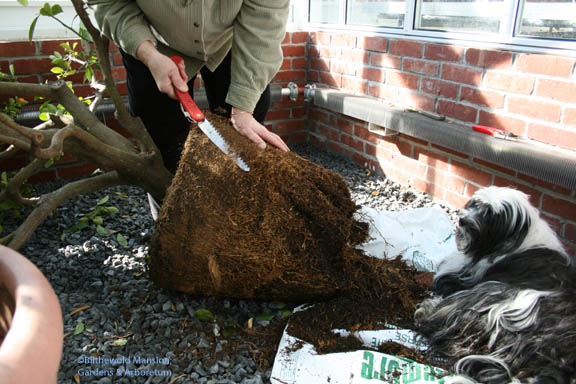 Julie cut away not quite a third of the roots altogether (a third is the general rule of greenthumb). She cut away from the top edge, scored triangle chunks out of the sides and sliced through the dead feeders that had been up against the pot. She trimmed a good 5 inches off the bottom as well. Early spring is the time for root pruning because that’s when the plants are programmed to put on new growth. For some plants, root pruning in the fall can induce permanent dormancy (call it death).
Julie cut away not quite a third of the roots altogether (a third is the general rule of greenthumb). She cut away from the top edge, scored triangle chunks out of the sides and sliced through the dead feeders that had been up against the pot. She trimmed a good 5 inches off the bottom as well. Early spring is the time for root pruning because that’s when the plants are programmed to put on new growth. For some plants, root pruning in the fall can induce permanent dormancy (call it death).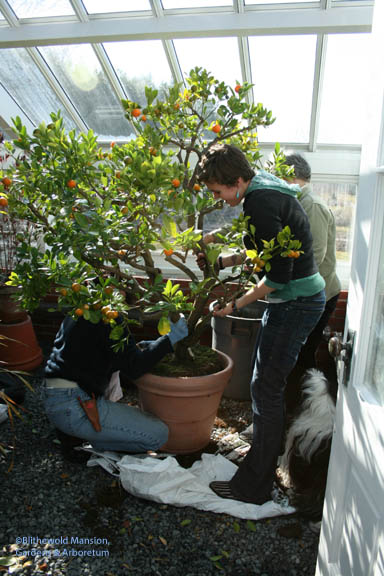
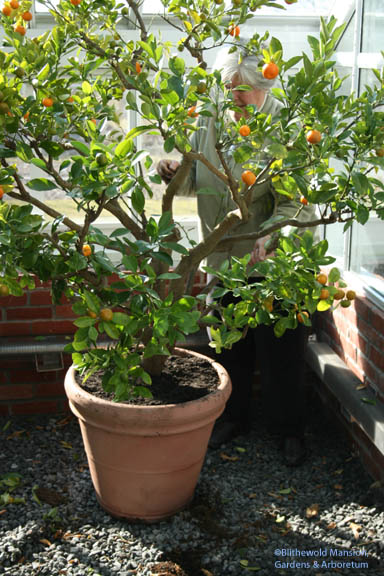
Anyone else out there who couldn’t wait another minute to start some seeds or do spring chores?

